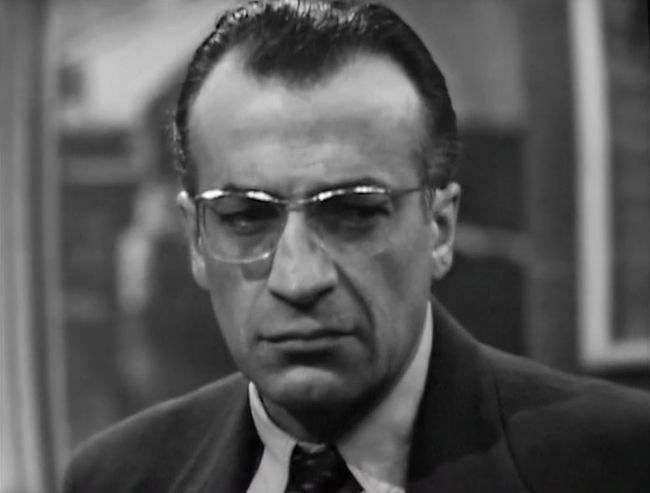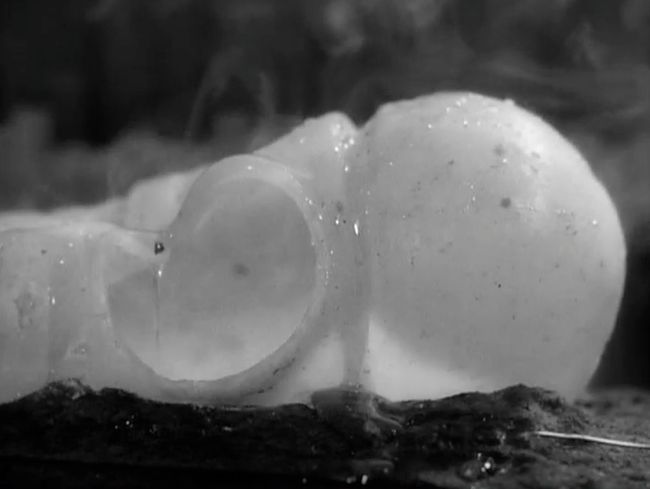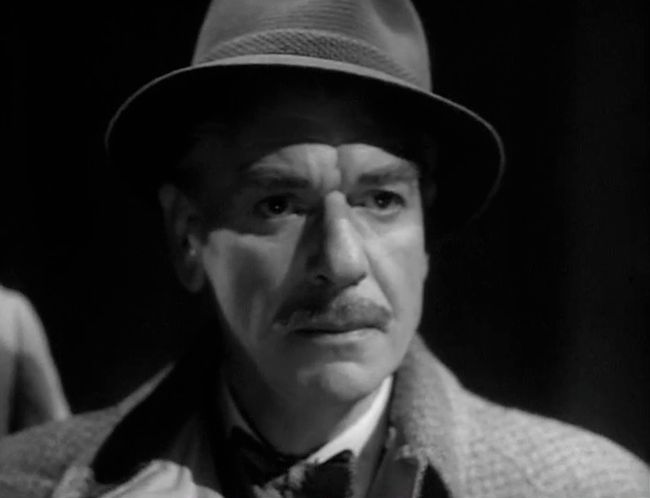This article is more than 1 year old
Mars, bringer of WAR: Quatermass and the Pit
Britain’s arch boffin battles our erstwhile Martian overlords
The stoney tape
Back then, the BBC had yet to use videotape archiving - tape was just too expensive - so Quatermass and the Pit was taped first and then recorded on 35mm film upon transmission. With the film safe in the can for posterity, the tape could be wiped and used for future productions.
To record each episode, the output from the videotape was presented on a large CRT monitor which was then filmed. The trick, discovered after Quatermass II had been recorded in 1955, was to tie the opening of the film camera’s shutter to the appearance not of the first but of the second of the two interlaced fields. With the shutter closed, the first field was ‘written’ to alternate lines of the CRT’s phosphor screen. At the same time, the next film frame ratcheted round into place ready to be exposed. Because the phosphor holds the image for a fraction of a second, there was just time to open the shutter, write the second video field onto the monitor’s empty lines and expose the film to a complete picture before the first field’s lines faded from view.

Cec Linder (as Matthew Roney) ponders the human past - and that he has six years to go before playing CIA agent Felix Leiter in Goldfinger
Source: BBC/2 Entertain
Make the first field overly bright so that the phosphor glowed for longer, and the second field pale enough to match the now fading first field lines, and you had a complete, full-resolution image of even intensity across the frame. The result was a high-quality recording that was not only used to repeat the programme a year later, but also ensured Quatermass and the Pit survived the BBC’s infamous purge of old videotape in the 1970s.
The picture was of sufficient quality to be released on VHS in the late 1980s, and it provided the informally instituted Doctor Who Restoration Team with good material to work from when they came to reconstruct and remaster all the BBC Quatermass serials for DVD in the early 2000s.
Not only the picture, but the serial itself stands up well to modern eyes. Yes, it’s in black and white, and shot in a 4:3 aspect ratio at a time when editing was expensive and so all but the most extreme gaffes had to be left in, but with strong writing and a very able cast, Quatermass and the Pit grabs your attention and holds it.

From the melting pot of London to the melting pod
Source: BBC/2 Entertain
Director Rudolph Cartier had a bigger budget for Quatermass and the Pit than he had for Quatermass II, but the difference it made, if any, is well hidden by the respective picture qualities of the recordings left in the BBC archive. For me, what makes the third Quatermass serial stand above its predecessor is André Morrell’s performance as the professor. Even when forced to don the ridiculous and unwieldy prop that is Roney’s mind visualising machine, he’s always convincing. He was as able to bring out the character’s bolshiness, arrogance, pique and cheekiness just as well as his scientific authority and intelligence. For me, he had Bernard Quatermass nailed - better even than Sir John Mills.
But it’s a good, intelligent cast throughout. Cec Linder is spot on as the stressed yet ebullient anthropologist Matthew Roney; Anthony Bushell strikes exactly the right tone for the solidly soldierly, unimaginative but never dim Colonel Breen - he’s no Blimp; and John Stratton is appropriately down-to-Earth bomb disposal man Captain Potter. Kneale’s writing gave the actors so much to work with.
In particular, perhaps, journalist James Fullalove, played by Brian Worth. An old newspaperman himself, Kneale has some fun with Fullalove but ultimately gives him a heroic yet fatal role, just as he does with the journalist Conrad - played by a long pre-Master and beardless Roger Delgado - in Quatermass II.

André Morrell: the best Bernard?
Source: BBC/2 Entertain
Following the broadcast of the final episode of Quatermass and the Pit in January 1959, it would be almost 20 years before Professor Quatermass returned to British TV screens with a new challenge. Yet again, he would be played by a new actor, but he would also return in colour, on a different channel and thrill an entirely new, younger audience. ®
Next Lovely lightning: The Quatermass Conclusion
